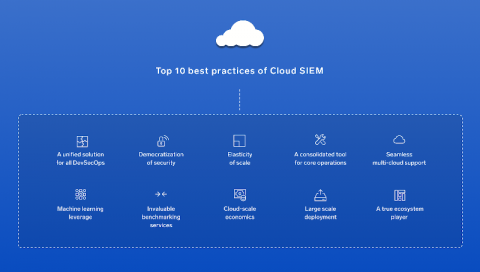Monitor MapR performance with Datadog
MapR is an Apache Hadoop distribution that enables organizations to manage, analyze, and store all their data at scale. MapR handles a wide range of data types across infrastructures and locations by leveraging dataware, an abstraction layer in the enterprise software stack that separates data from any dependencies. We’re excited to announce that our new integration provides comprehensive visibility across all the moving parts of your MapR deployment.











